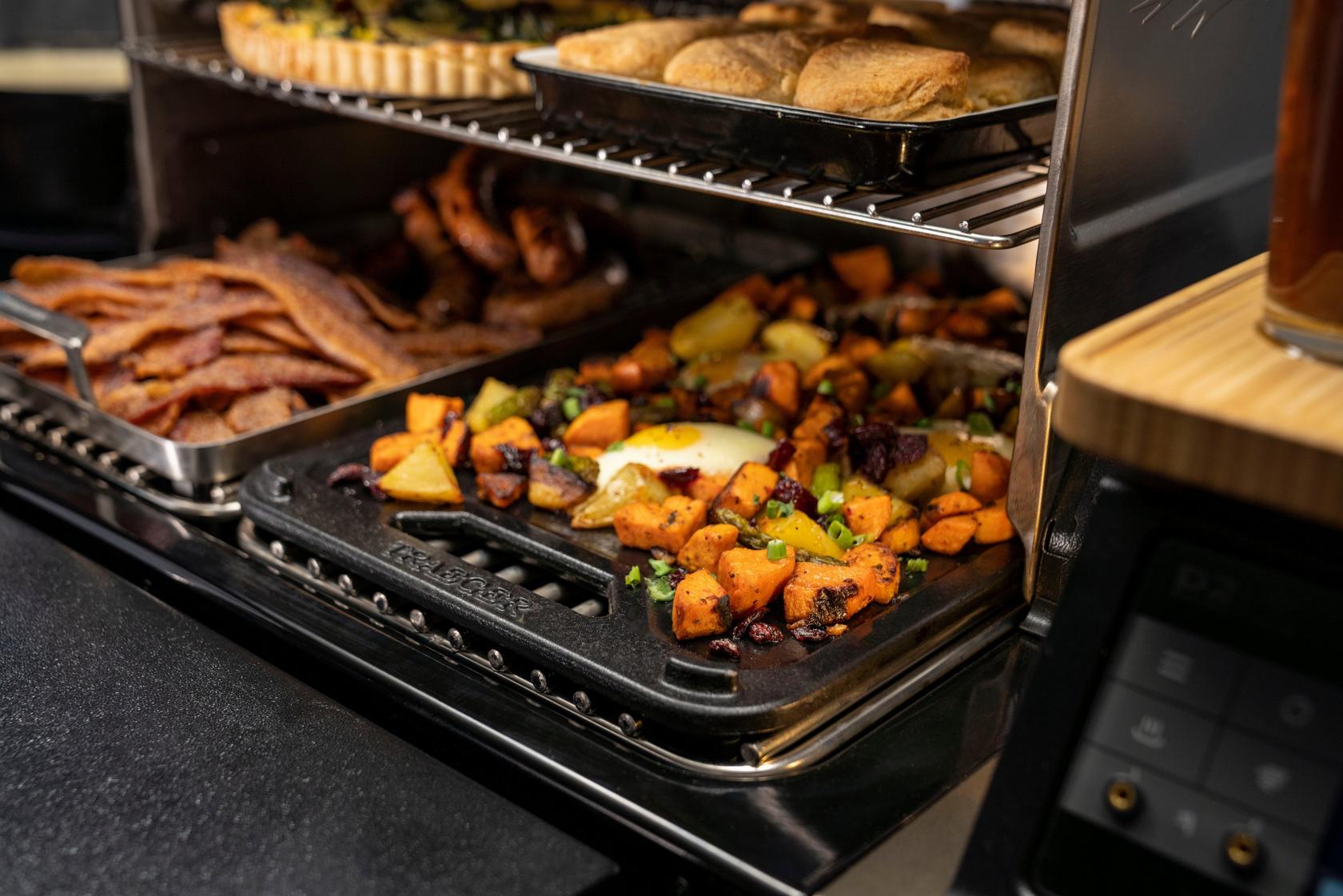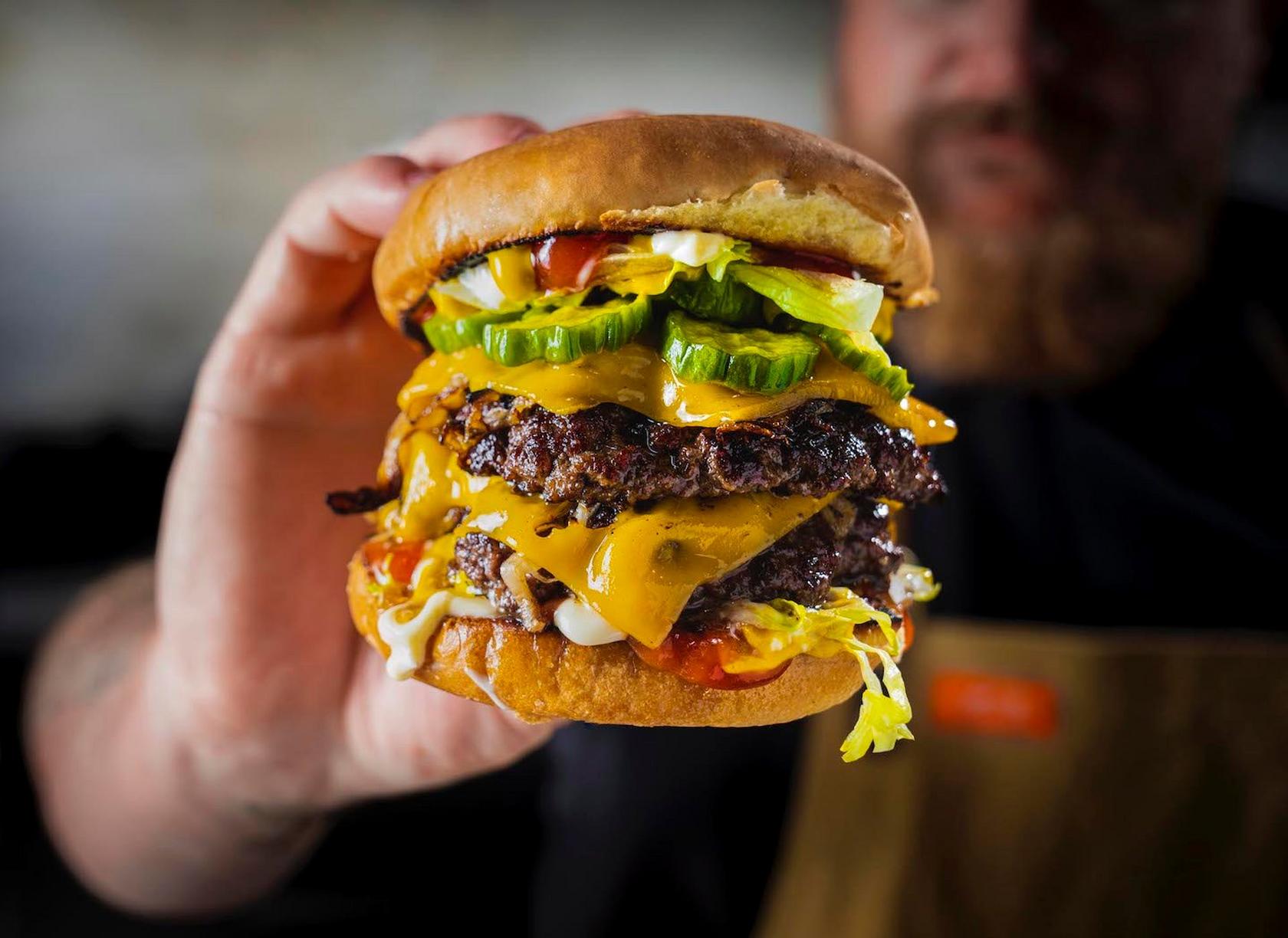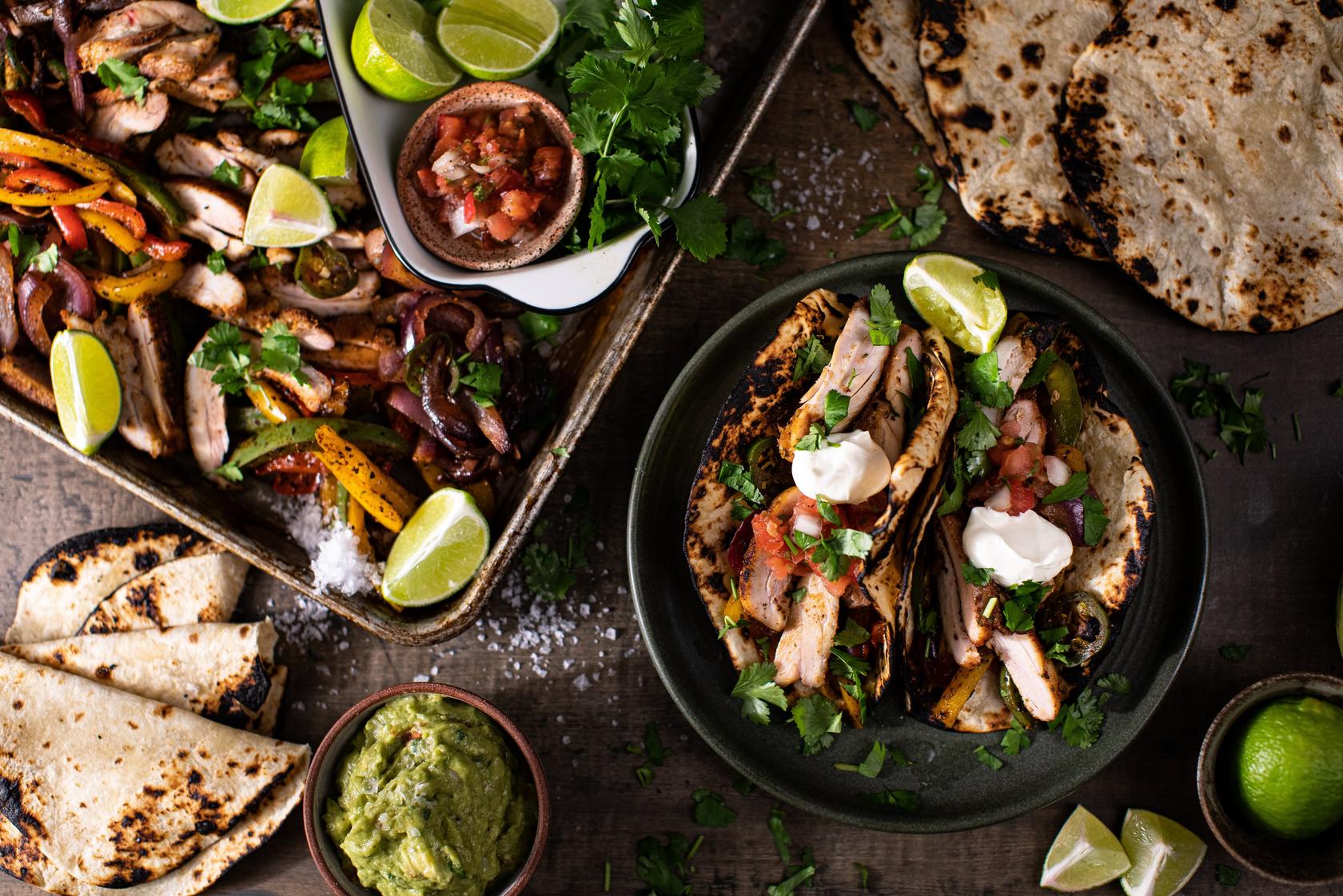
You’ll often hear the terms used interchangeably — but in reality, grills, and griddles each have unique qualities that set them apart.
It all comes down to design and construction. Grills and griddles each excel at specific cooking tasks, and neither is always better or worse than the other. To help you understand which cooking method is right for you, we’re going to break down all the differences between griddles vs grills and finish up by sharing recipes that work best on each surface.
What Is A Griddle?
The griddle is one of the world’s oldest cooking implements, showing up in cultures across the world. At its most basic, a griddle is a solid piece of stone, clay, or metal raised over an open fire to provide a flat surface for cooking.
But today’s griddles go far beyond these primitive slabs. You can find stovetop griddles that work on electric or gas stoves and all-electric griddles that sit on your countertop and work by their own electric heat source.
However, we’ve taken the griddle one step further by integrating it into our Traeger Flatrock, a flat top grill and griddle that can cook everything from a delicious continental breakfast to fajitas, sausages, burgers, and more. Thanks to three temperature-controlled zones powered by U-shaped burners, the Flatrock is the most powerful and versatile flat-top grill and griddle you’ll find on the market today.
Difference Between Griddle Vs Grill
So what makes a griddle so different from a grill? At face value, it’s pretty straightforward: A griddle provides a flat surface for cooking heated from underneath, while a grill has grates that allow open flames to directly reach the surface of what you’re cooking.
But that doesn’t entirely answer which cooking style is best for you or when to use a grill or griddle. To understand that, we’ll need to look a little more deeply at the surface structure and heat distribution of griddles vs grills and then compare what foods are best to cook on both.
Surface Structure
Take a look at a griddle and a grill grate side by side, and the differences in their construction are fairly apparent. Griddles offer a completely flat cooking surface with no holes, while grills and grill grates have just enough structure to hold whatever you’re cooking.
This difference in surface structure immediately changes what you can cook on either a traditional grill or a griddle. Imagine trying to fry an egg on a grill grate — it would just fall right through! The same goes for breakfast potatoes, hash browns, smaller cuts of vegetables, and fajita-style beef and onions.
But is there a reason not to just use a griddle surface for every cooking style? There is, and it comes down to heat distribution and open flame contact. Let’s look at each in turn.
Heat Distribution
When heat rises from beneath a griddle or grill top, it takes two very different routes.
For a griddle, all that heat is captured within the material of the griddling surface. That leads to an even distribution of heat throughout the entire griddle, stored within the thicker material of a griddle’s solid surface.
Contrast that with a traditional grill, whose open grates allow heat to rise straight up and through. The individual grill grates can get hot — really hot! — but they’ll never have the same even distribution of heat that a griddle surface can achieve.
A traditional grill can heat hotter and faster than a griddle, which must be brought up to higher temperatures. So a griddle is the best choice when you’re looking for heat consistency. If you need a fast way to sear steaks, a grill is still the best way to do it.
Cooking Styles
Those structural differences lead to griddles vs grills being used for different cooking styles.
You can’t beat a classic grill for searing steaks and pork chops. The same goes for giving great sear marks to whole vegetables like corn on the cob, and a grill grate is a must for getting perfectly seared kabobs.
But a griddle will provide more consistent temperature control and a more manageable cooking surface for just about anything else. That makes the griddle a versatile all-rounder, capable of cooking everything from a hearty breakfast, to smash burgers for lunch, to pork fried rice for dinner.
Choosing Between Griddle And Grill
Now that you know a bit more about how grills and griddles are designed and how they work, let’s get down to choosing which one is right for you and your cooking style.
Cooking Preferences And Techniques
The major difference between a grill and a griddle: On a grill, you’re essentially limited to searing your foods (with the exception of wrapping them in tin foil). But the flat cooking surface on a griddle means you can griddle, fry, steam, saute, and more.
So if you’re considering buying a new grill or griddle, which style of cooking do you use more? If you’re mainly looking for a way to cook up picture perfect steaks and chops, a grill is the way to go. But a griddle is the superior option if you’d like a cooking tool that can open up a more comprehensive range of recipes.
Space Requirements
How much room do you have to accommodate a grill or griddle?
If your backyard patio has plenty of room to spare, you can go for either a full-sized grill or a flat-top grill and griddle like the Flatrock.
But if you’re working in the confines of a smaller kitchen, a simple griddle plate like our Traeger Cast Iron Reversible Griddle may be your only option.
Types Of Food
Ultimately, choosing between a griddle versus a grill comes down to what types of food you want to cook. If you’re a big breakfast fan or want to cook a wide variety of dishes, a griddle is the right choice. But a grill will take care of everything you need if you’re looking for classic American steaks, burgers, and hot dogs.
What Can Be Prepared On A Griddle

With all that in mind, what exactly can you cook on a griddle?
Here’s a list of the types of dishes you can prepare on a griddle to get you inspired:
- Pancakes
- Hash browns
- Fried or scrambled eggs
- Smashed burgers
- Grilled cheese sandwiches
- Philly cheesesteaks
- Salmon Filets
- Fajitas
- Fried rice
- Crab cakes
- Steak
This is by no means an exhaustive list, but it’s a great place to start thinking about everything you might be able to cook up on a new griddle.
Griddle Recipes

Our Traeger culinary experts have been hard at work collecting and developing the best range of flat top grill recipes — all of which translate perfectly to a griddle since they all use a flat cooking surface.
Start with a classic griddle breakfast of fried eggs and bacon with hash browns, then add on some super fluffy flat top buttermilk pancakes for good measure. For lunch, you could cook up a flat top smashed cheeseburger, then head south of the border for spicy chicken fajitas or seared shrimp and lime tacos for dinner. Or you can opt for something entirely different and try out an Asian-inspired flat top scallion pancake for your next meal.
That’s only a taste of all the recipes available in our Traeger recipe catalog, so give it a browse to get even more griddling and grilling inspiration.
Traeger Flatrock Grill FAQ
And before we go, we’d like to take the time to answer some of the most common questions we’re hearing people ask about our Traeger Flatrock grill. And if there’s any question that you don’t see answered here, you can always head over to our Traeger Support page for more personalized help.
Can you turn a Traeger into a griddle?
Nearly any Traeger grill can be turned into a griddle with our Traeger ModiFIRE griddle plate, while the new Traeger Flatrock comes ready-made with a flat-top griddling surface.
How hot does the Traeger Flatrock get?
Traeger Flatrock can reach maximum temperatures of 600 degrees Fahrenheit.
Is the Traeger Flatrock propane?
Yes, the Traeger Flatrock is a propane-powered flat-top grill. It also comes equipped with fuel and flame sensors, and provides exceptionally even heating thanks to its three U-shaped burners.
How big is the Traeger Flatrock?
The Traeger Flatrock provides 594 square inches of cooking space. That’s enough room for frying 26 eggs, sizzling up 28 bacon strips, or searing 24 burgers at a time. The grill itself weighs 189 pounds, and measures 74 inches wide by 57 inches tall by 27 inches deep.